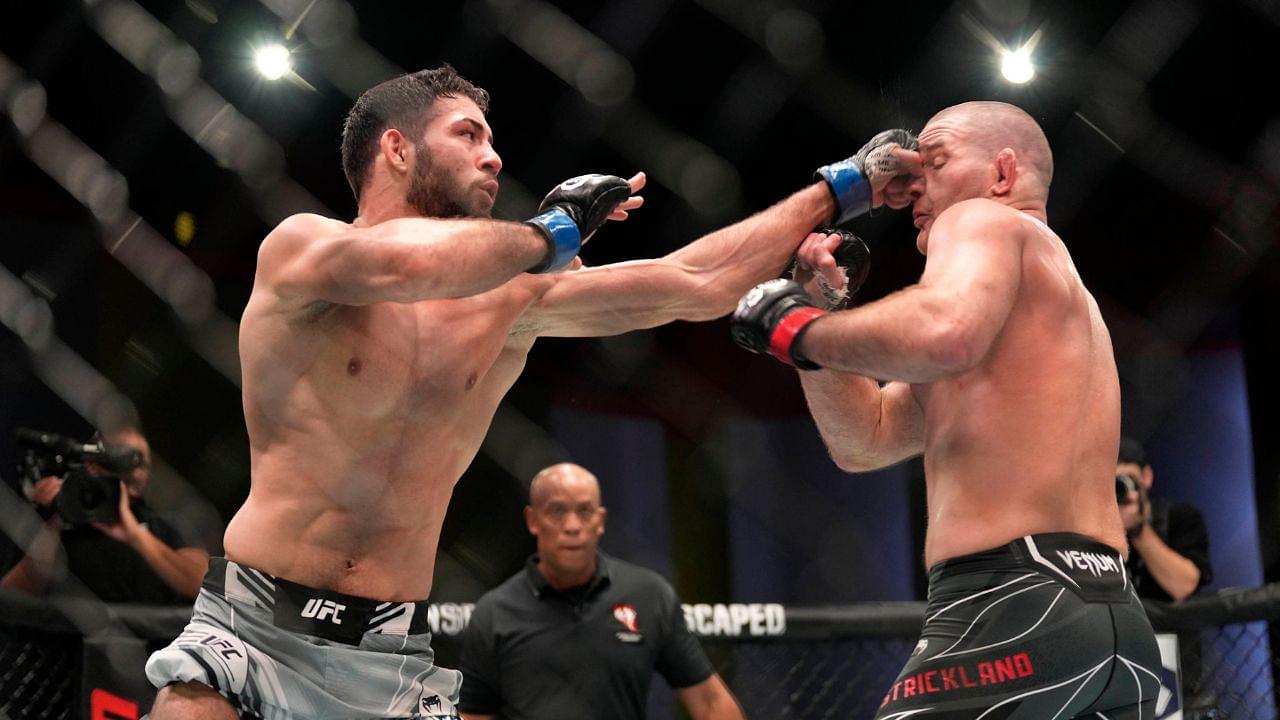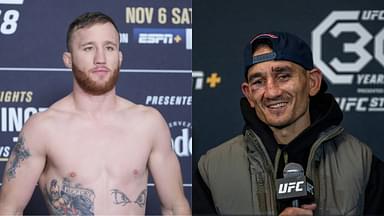MMA involves a lot of physical risk. Fighters do not exaggerate when they say they’re putting their lives on the line every time they step into the octagon. Given the risks involved, promotions such as the UFC are constantly working with the athletic commissions in order to make the sport more safe for the fighters. One of the major focus areas is blows to the head as they’re the most dangerous. Fortunately, over the years, referees have become better and vigilant and better at stopping a fight.
One of the most important duties as a referee is to make sure that a fighter is not taking punishment he can not defend against. While knockdowns are common in the sport, recognizing when it is serious is a key part of becoming a good referee. Greg Klenjans is a veteran with decades of experience both as a fighter and as a referee. He recently sat down for an exclusive interview with The SportsRush. During the interview, he went over a checklist he follows before stopping a fight. He said,
“Well on a straight knockout, if they just fall and drop, what you have to assess there and then is are they still in the fight. Sometimes you can get hit, and go down and hit your head on the canvas, and snap out of it. So as professionals, we have to give them every opportunity to figure that out. When they get hit and they fall down generally their eyes will roll back and you will see the whites in their eyes. That is enough for me. I am going to step in.”
He broke down the procedures impeccably as to how and when a referee should get involved in the fight. Klenjans pointed out that an athlete getting their eyes rolled over is a telltale sign of enough damage incurred. Unfortunately, being able to identify when to stop the fight is not a skill that all referees in the sport have.
How does an incorrect stoppage affect UFC athletes?
There have been many instances where fights have either been stopped too late or too early. When a fight is stopped too late, the fighter absorbs significantly more damage than needed, which takes a massive toll on their health and recovery time as well. A good example of this is Jose Aldo’s loss against Petr Yan, where the fight could have been stopped way earlier.
On the other hand, when a fight is stopped earlier, it robs the fighter of a chance to fight back and potentially secure a win. In addition to that, it sets the fighter back in the rankings and robs them of their win bonus as well. A good example of the same is Alex Pereira’s recent knockout win over Jiri Prochazka.




